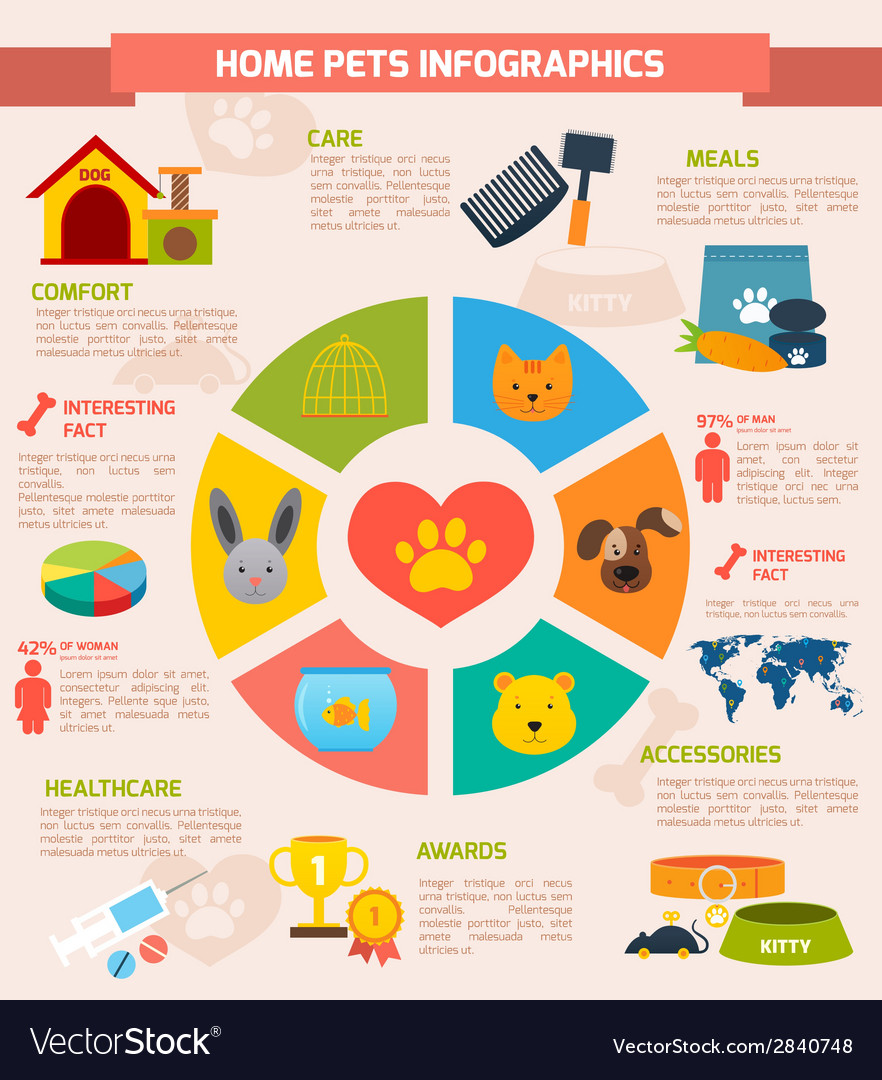Canines that enjoy day care reveal a variety of indications. One clear indicator is when your puppy excitedly runs into the facility and greets staff with their tail wagging.
When your pet dog licks you or shows affection in the direction of you it is additionally a great indicator. The licking launches endorphins that make the interaction pleasant for both of you!
Arrival Response
When your pet dog is delighted, wagging their tail and pulling you towards the daycare entryway it reveals that they link mosting likely to daycare with fun and positive experiences. It likewise shows that they are an excellent suitable for the daycare environment and that they are sociable with various other pets and individuals.
As soon as inside the daycare facility they will be unwinded and delighted to see you. They must aspire to head right into the back areas where their pals are. They must not be tense or clingy as this might show that they are burnt out and need to go home.
Pets that are clingy upon arrival could indicate that they are not playing or have been crated the majority of their time while at daycare and are not getting enough interaction with other dogs. Alternatively, if they are as well tired on arrival it may imply that they played hard all the time and were not enabled to rest and clear up right into their typical nesting regimen which might trigger them to be overtired.
Body Language
If your canine is thrilled to visit day care, wagging their tail and pulling you toward the building, this is a strong sign that they associate daycare with good things. This is a clear indication that they enjoy skipping with their friends at childcare and expect it every single time.
On the other hand, if your pet appears anxious or nervous when you drop them off at day care, this can be a strong sign that they do not appreciate the experience. They might hold on to you or hang back when come close to by employee, and they may display a stressful body position.
When you involve grab your dog, their reactions can likewise tell a lot about whether they appreciated their day at the day care in Indio. If they appear relaxed and pleased to see you, they likely had a fantastic day. If they seem overtired or burnt out, maybe an indication that they were not well-matched with other dogs and did not obtain sufficient playtime.
Habits
Dogs that like day care are commonly delighted to arrive and will rush towards the facility entrance with a wagging tail. They will certainly have the ability to run and have fun with their close friends, which is wonderful for socialization. They will additionally be emotionally and literally boosted, which can minimize harmful habits at home.
On the other hand, dogs that do not take pleasure in daycare might be hesitant to get in and will produce signals of worry and anxiety. They might be clingy, barking or concealing in their kennel when they arrive home, which is bad for them or the various other canines.
Similarly, large breeds that pertain to daycare might have difficulty having fun with other pet dogs because they are usually a lot bigger than the various other pets and are not well-trained for borders and obedience. In this situation, the daycare might need to reject the dog. This can be an unsatisfactory modification for the owner but it is constantly best to put the pet's health and wellness first.
Socialization
Several day cares provide cameras so pet moms and dads can sign in on their pet dogs throughout the day. If your dog excitedly hurries into the facility or connects well with team and various other dogs, this is a great sign they enjoy their time at childcare. However, if your pet dog hides in their cage or reveals signs of concern when you arrive it might be a sign that they are uneasy.
When your dog gets home from childcare, they should be worn yet calm. If they are excessively thrilled or dog board and train near me distressed upon return, this is a sign that they do not enjoy their time at childcare and it is most likely to cause problems for you when you leave them in such a setting. If you see this behavior in your home, attempt presenting your dog to new atmospheres gradually and in regulated settings to help them adjust. This will decrease anxiety and tension which can cause devastating actions at home.
